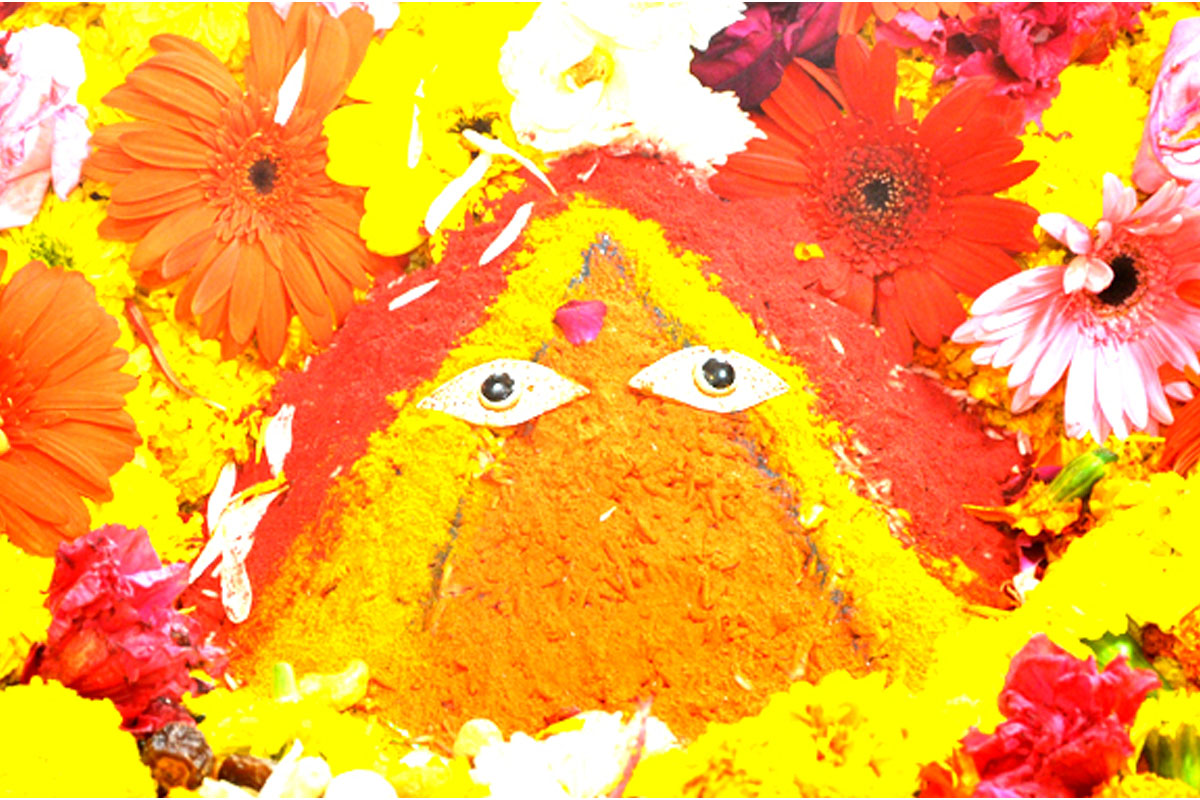ED arrests two in illegal mining case from Himachal Pradesh
A spokesperson of the ED said in a press statement on Tuesday that both the accused were produced before the Special Court (PMLA), Ghaziabad on Tuesday.
Besides the gold and silver reserves, these temples have around Rs 400 crore in cash and banks as fixed deposits.

Picture of Chintpurni Temple. (SNS)
Known as ‘Dev Bhoomi’ with Shaktipeeth temples that draw lakhs of devotees every year, the temples in Himachal Pradesh have over 500 kg gold and 19-tonne silver in 29 temples.
Besides the gold and silver reserves, these temples have around Rs 400 crore in cash and banks as fixed deposits.
The gold, silver and cash had been received in donations over the years from devotees across the country who throng these temples annually, especially during ‘Navratras’.
Advertisement
These 29 temples have been included in Schedule 1 of Himachal Pradesh Hindu Public Religious Institutions and Charitable Endowments Act 1984 and they take care of temple property with own funds.
The famous Shaktipeeth, Chintpurni Temple in Una district is among the richest temple of the state with 198 kg of gold, 71.42 quintal silver, Rs 102 core in fixed deposits and Rs 1.57 crore cash.
The Chintpurni temple is followed by Mata Naina Devi Temple in Bilaspur district which has 180 kg of gold, 72.92 quintal silver, Rs 58 crore in fixed deposits and Rs 11.47 crore in cash.
The information was tabled in the house by Chief Minister Jai Ram Thakur in reply to a question by leader of opposition Mukesh Agnihotri.
The Shaktipeeth in Kangra district, Brajeshwari Devi Temple has 33 kg gold, 10 quintal silver along with Rs 3.54 crore in fixed deposit and Rs 1.17 crore cash.
Jwalaji Temple in Kangra district, another Shaktipeeth of Himachal Pradesh has 23 kg gold, 8 quintal silver, Rs 53 crore in fixed deposits and Rs 3.42 crore in cash.
Among other temples which have a significant amount of gold and cash reserves are Laxminarayana Temple in Chamba district, Baba Balak Nath Temple in Hamirpur district, Chamunda Devi Temple in Kangra district, Bhimakali Temple in Shimla district and Mahamaya Balasundari Temple in Sirmaur district.
Thakur informed the state assembly that the state government had acquired 35 temples and the management of these temples had been overseen by the government.
It is worthwhile to mention here that these temples also utilize the funds for the marriage of girls from poor families, besides other social activities.
The funds are also used for the beautification of temples, expansion and creating amenities for devotees and tourists.
These temples are run under a trust and Deputy Commissioner of the concerned district holds the charge of head of the temple trust.
As a report of state government that was submitted in the High Court, the state government had submitted in 2018 that these temples had received Rs 361 crore in cash donations.
It is worthwhile to mention here that 20 per cent of gold is used under Gold Bond scheme of State Bank while 50 per cent gold is converted in biscuits or coins which is later sold to devotees at market rates.
Apart from this, 20 per cent of gold is kept in temples as reserve.
Advertisement